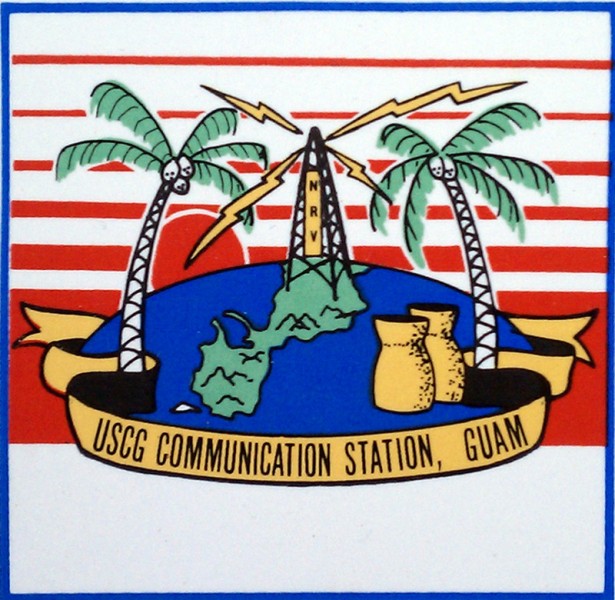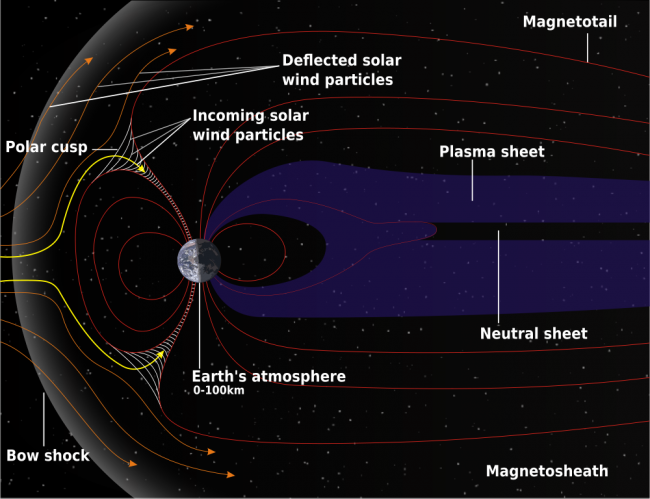Even before CONELRAD was introduced in 1951, radio broadcasting was a critical part of the emergency communications infrastructure. The government recognized early on the ability of radio to transmit data and information quickly, over large areas to the general public. It works when all other systems fail, as demonstrated repeatedly over the years, the last of which occurred during Hurricane Sandy last October. Massive destruction from flooding in lower Manhattan and shoreside Brooklyn rendered the electrical grid, telephone network, cellular network, and the internet out of order. Fortunately, enough radio stations stayed on the air and people used battery-powered AM and FM receivers to obtain information.

CONELRAD served two purposes; first, radio stations either re-tuned their transmitters to 640 or 1240 KHz or switched off the air. Then, each station that was still on the air would transmit for ten minutes, after which, they turned off and the next station in the chain would turn on and transmit for ten minutes. This was designed to confuse the Soviet bombers flying over the north pole on their way to incinerate us. Secondly, the CONELRAD stations were to distribute emergency information during and after the said attack.

Recently, I found this CONELRAD receiver in a bomb shelter at a radio station. It dates to pre-1963, which is when CONELRAD was replaced by EBS.

EBS or the Emergency Broadcast System was a refinement of CONELRAD in several areas. EBS used a two-tone attention signal to unmute receivers and alert the public that something important may be happening. Initially designed as a national system to warn of an impending attack, in later years it was also used by state and local governments to warn of other emergencies like weather, etc.
The current system is EAS or Emergency Alert System.

The Emergency Alert System was an advancement of the EBS in several areas. Using SAME protocol in the message headers allowed stations to automate alert message relays. This was driven by the desire for unattended operation. The use of SAME also allowed many different types of messages to be filtered by alert type and area. Each EAS unit also had an internal voice recorder. All of this was upgraded in 2011 with the introduction of CAP, which would take email messages and generate computer voice alerts to be sent out over broadcast stations.
Three generations of emergency communications equipment found at one facility.
The main problem with EAS CAP is it violates the engineering principle of KISS (Keep It Simple, Stupid). It is an overly complicated system that relies on the internet, e-mail servers, the public telephone system, and other infrastructure that may not survive natural or man-made disasters, enemy attacks, or other disruptions. Even something as simple as a national test proved to be problematic in 2011.
For a real emergency information network, the idea of WGU-20 has some merit. Two or more well-positioned medium to high-powered LF stations could serve as a PEP distribution network and reliably cover the entire country. With such a system, every broadcast station, cable head end, and NOAA radio transmitter could monitor the LF stations directly, thus replacing most of the over-the-air daisy chain and or FEMA leased lines. The advantages of LF is that it is fairly immune to HEMP, it goes a long way reliably, can have multiple redundant transmitter sites located within secure areas like military bases, and uses time-proven technology. That would be a real, cold war solution. But no, let us instead rely on a hodge podge of ISPs, TELCO leased lines, 3/4G wireless networks, SMS, satellite links, e-mail servers, and the like, because: Hey! It’s the digital age, we don’t need none of that stinking broadcasting crap.





As with most things these days, when it works, it’s great, and as most people who carry an internet appliance with them 25/8, digital is better (I’m not one of those).
However, as you pointed out, when the chips are down, power is out, stuff is under water, guess what fails first? All that nice new digital stuff that everyone is now depending on. Backup power? Of course not. And when the RF links between sites fails, what to the cellphone systems rely on?
But of course the new technology means quick money for those digital companies and their products, many of which are solutions for a problem that just doesn’t exist. Yet they manage to persuade the government to mandate them because it’s progress, it’s digital, so it must be better.
Anyone remember the false EBS alert/test message that went out via Teletype one Saturday morning back in the 70s? Could that ever happen in today’s world? Sure, just leave your passwords set to their default values and put all those nice new CAP/EAS boxes on the open internet.
Given all the noise, LF might not be an option at all. 9/11 proved that the system will never be used as intended anyway. But, during the big blackout in 2003, the only thing that worked for me was broadcast radio/TV and the landline phone.
Hey Paul,
Looks like you found the Fallout Shelter at WVMT. We used to call it the Bombout shelter….. I see the Conelrad is still in the open relay rack where I left it.
Mike
I have one of those Miratel units. All the tubes have been pulled. I would love to find some documentation and try to make it play again. Hard to find a good Am air monitor these days.
@Chris R, noise is an issue, WGU-20 was on 179 KHz, but I would hazard going lower may work better. The noise peaks around 300 KHz at my house, but drops quickly on the lower side of that, other locations may vary, however. Still, relying on cellphone and SMS text messaging for critical communications leaves something to be desired, at least in my mind.
@Mike, that is indeed from the bombout shelter. There are still to large tins of Civil Defense water and food in there.
@Andy, look around on line, there may be a schematic floating around out there. I didn’t study it too closely, but it looks like a fairly simple 5 tube receiver.
Lightning, being a large pulse, looks like DC with harmonics up through LF into HF.
Being in a coastal Atlantic city, every time it rains, or the winds pick up, our internet goes down…as well as daily outages of up to 1 hour. Our last weather induced outage lasted 3 days. So far, we’ve missed 11 CAP tests strictly due to the unreliability of net service. Not exactly worth the $3K investment nor worth relying on.
I wish someone would post a WWBT EBS Test from 1985 onto YouTube as well as one from WXEX(now WRIC)from that same year too.
Love to have one of those receivers, working or not or incompleat. Or a circuit drawing.
Does anyone remember how it worked? Tone, lack of tone?
Anything
Anyone experienced issues with the Sage Digital ENDEC? More to the tune of it’s causing more reception issues on AM than it’s supposed to? Tried ferrite beads, ground lifts and opto isolation, but the only real solution seems to be just moving the TFT 930A to another room. Any Ideas?